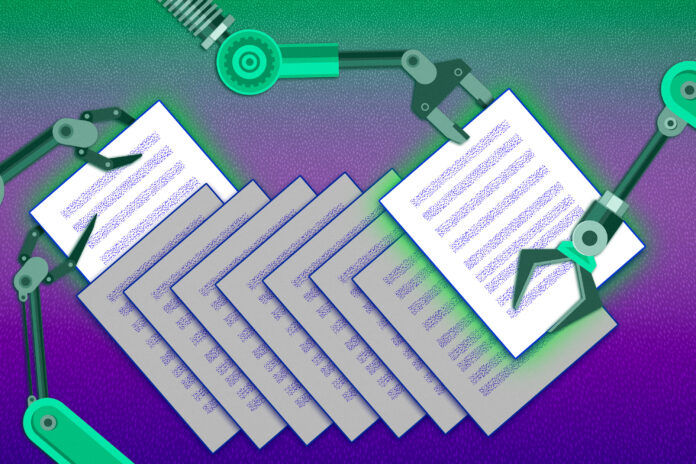Understanding Position Bias in Large Language Models
Large language models (LLMs) are powerful tools used in various applications, including chatbots, virtual assistants, and language translation software. However, research has shown that these models tend to overemphasize information at the beginning and end of a document or conversation, while neglecting the middle. This phenomenon is known as "position bias."
What is Position Bias?
Position bias refers to the tendency of LLMs to prioritize information based on its position in a sequence, rather than its relevance or importance. For example, if a lawyer is using an LLM-powered virtual assistant to retrieve a certain phrase in a 30-page affidavit, the model is more likely to find the right text if it is on the initial or final pages. This bias can lead to inconsistent and unreliable results, which can have significant consequences in high-stakes applications.
The Mechanism Behind Position Bias
MIT researchers have discovered the mechanism behind position bias in LLMs. They created a theoretical framework to study how information flows through the machine-learning architecture that forms the backbone of LLMs. The framework revealed that certain design choices, such as attention masks and positional encodings, can cause position bias. Attention masks limit the words a token can attend to, while positional encodings help the model understand the location of each word in a sentence.
Attention Mechanism
The attention mechanism is a key component of LLMs, allowing tokens to selectively focus on related tokens. However, this mechanism can also introduce position bias. The researchers found that causal masking, a technique used to limit the words a token can attend to, gives the model an inherent bias toward the beginning of an input. This bias can be amplified as the model grows, with additional layers of attention mechanism.
Positional Encodings
Positional encodings can mitigate position bias by linking words more strongly to nearby words. However, this effect can be diluted in models with more attention layers. The researchers also found that some position bias can come from training data, which can be biased in certain ways. Therefore, it is essential to finetune the model on top of adjusting modeling choices.
Experiments and Results
The researchers performed experiments to systematically vary the position of the correct answer in text sequences for an information retrieval task. The results showed a "lost-in-the-middle" phenomenon, where retrieval accuracy followed a U-shaped pattern. Models performed best if the right answer was located at the beginning of the sequence, with performance declining as the correct answer approached the middle. The results suggest that using a different masking technique, removing extra layers from the attention mechanism, or strategically employing positional encodings could reduce position bias and improve a model’s accuracy.
Conclusion
Position bias is a significant issue in LLMs, which can lead to inconsistent and unreliable results. The MIT researchers’ work provides a rare theoretical lens into the attention mechanism at the heart of the transformer model. By understanding the underlying mechanism of position bias, developers can improve LLMs by addressing these limitations. This can lead to more reliable chatbots, medical AI systems, and code assistants that pay closer attention to all parts of a program. Ultimately, the research highlights the importance of considering position bias when designing and training LLMs, particularly in high-stakes applications where accuracy and reliability are crucial.

